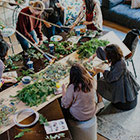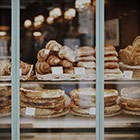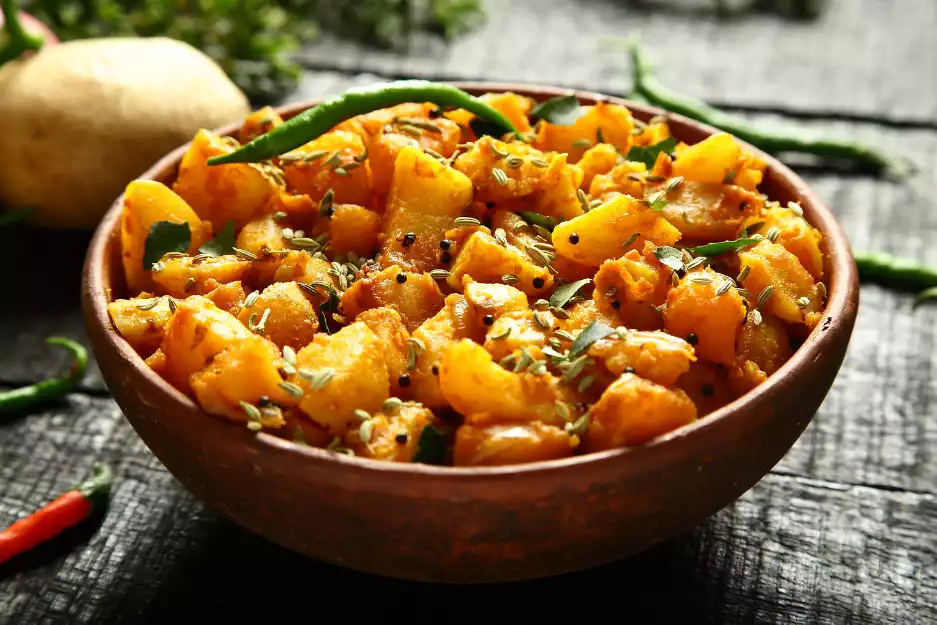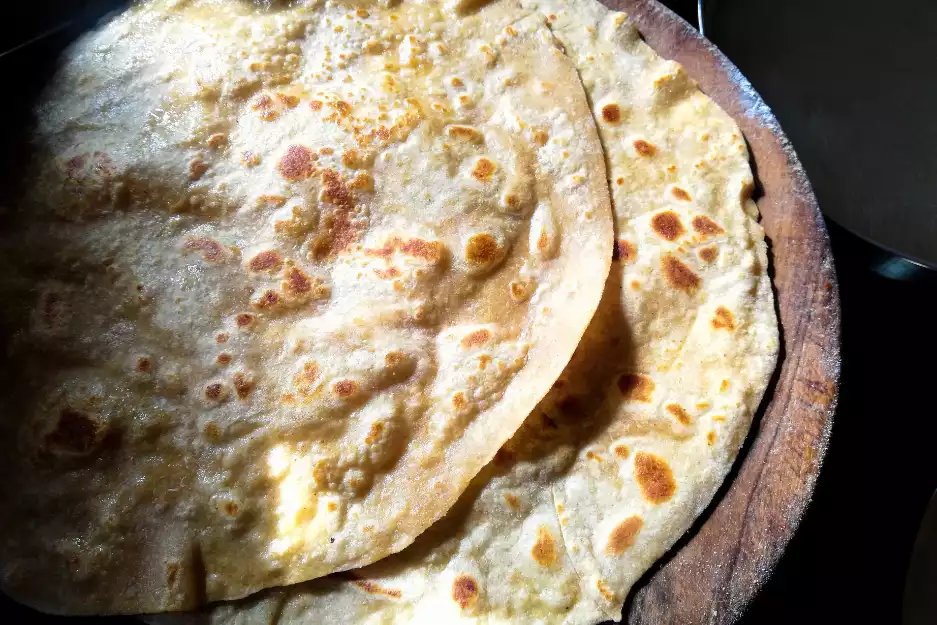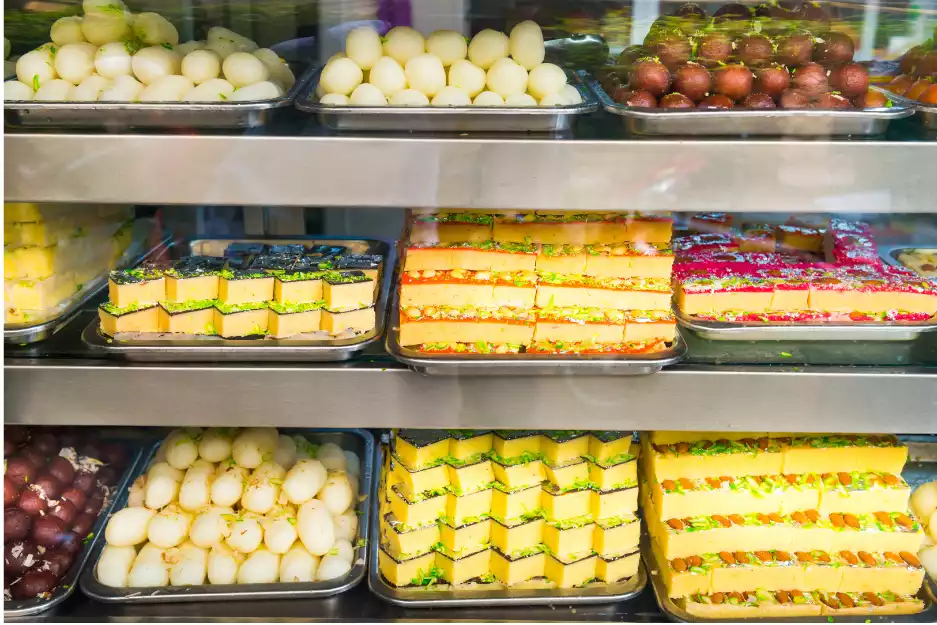-
AllAnytime Fitness Gym Art Beer Of The Week Blog Bus Fares Bus Service Business Business Expo C2C Care Care Home Charity Children Christmas Cinema City Status Cliffs Pavilion Cliffs Pavilion Review Cocktail Recipes College Community Competition Construction Coronation Coronavirus Dannielle Emery Design Easter Education Electoral changes Leigh on sea Emma Smith Employment Emsella Chair Environment Essex & Suffolk Water News Essex Police Essex Wildlife Trust News Events Family Fun Fashion Festival Film Finance Fitness Food Food & Drink Football Foulness Bike Ride Fresh Face Pillow Company Gardening General Election Hair & Beauty Halloween Harp Havens Havens Hospice Havens Hospices Havens Hospices Health & Fitness Health & Beauty Health & Fitness Healthwatch Southend Historicaleigh History Holidays Housing Indian Indirock Jubilee Karen Harvey Conran Kids Kids Blogs Kids Competitions Kids Reviews Lazydays Festival Legal Legal Eagle Leigh Art Trail Leigh Folk Festival Leigh Library Leigh On Sea Finds Leigh Road Leigh Town Council Leigh Town Council Press Release Leigh on Sea Leigh on Sea Sounds Leigh on sea Folk Festival Leigh on sea Marathon Leigh on sea Town Council Leigh on sea man breaks marathon record Leigh on sea news Lifestyle Livewell Southend Press Release LoS Shop London London Southend Airport Los Shop Marathon Melinda Giles Mortgage Angel blog Mortgages Motherofalloutings Mughal Dynasty Music My Mortgage Angel MyLoS NHS News News Newsletter Offers Outfit Of The Week Palace Theatre Parenting Parking Pets Picture Of The Week Pier Politics Press Release Press Release Southend City Council Professional Property Property Of The Week RSPCA Ray Morgan Re:loved Recipes Recycling Restaurant Restaurant Review Restaurants Review Roads Rotary Club Royal Hotel Royal Visit SAVS Schools Seafront Shopping Shows & Music Review Shows & Music Shows & Music Review Southend Southend Airport Southend Borough Council Press Release Southend City Bid News Southend City Council Southend City Council Press Release Southend City Council Press Release Southend Community Safety Southend Hospital News Southend In Sight Southend In Sight Southend In Sight Press Release Southend on Sea Sport The Mortgage Mum The One Love Project The Ship Hotel Theatre Theatre Blog Theatre Review Theatre review Transport Travel Travel Veolia Village Green Volunteer Weddings Whats On c2c
The Mughal Dynasty writes on Lentils and Pulses in Indian Cooking
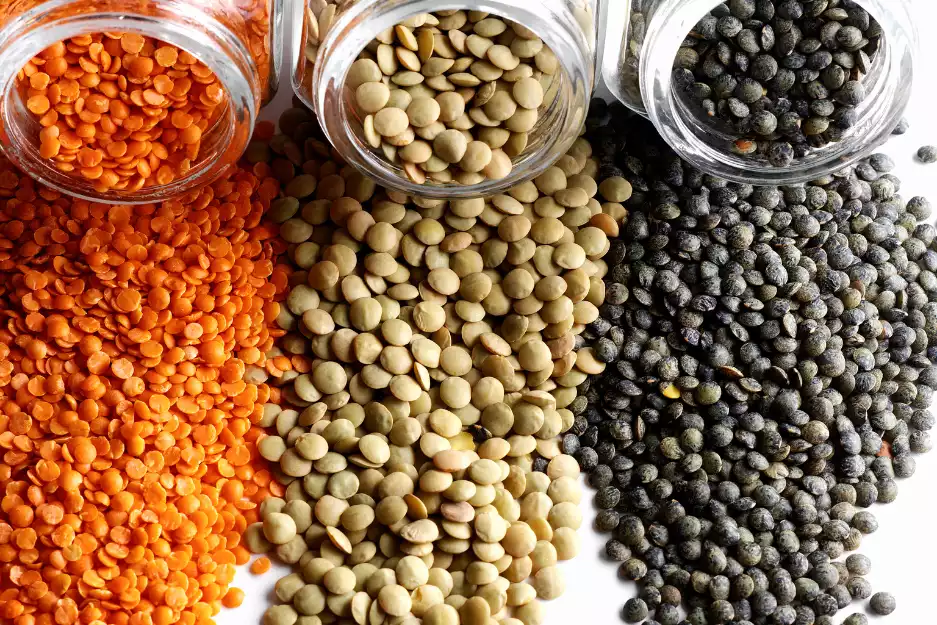
According to an estimate by the UN Food and Agricultural Organisation, the average citizen of India takes 4 times as much nutrition through eating lentils and pulses than their Chinese or American equivalent. We want to stress this point at the beginning because it shows the importance of these foodstuffs within Indian cuisine.
Lentils and pulses (or Dal in Hindi, a word that can mean either raw or prepared lentils) can take many different forms. In early Indian literature it is common to see references to the urad bean, mung bean and masur lentil which are believed to have originated in the Indian continent and Southwest Asia while other varieties (say, peas or cow peas) were yet to be introduced from more remote regions of Asia and Africa. Other distant varieties such as the kidney bean would have been introduced during colonial times, arriving with other goods from South and Central America.
Historically there have been two ways of preparing lentils: some can be cooked into a paste which is then used as a base for other dishes while some do not break down and can be eaten with rotis and rice. An old-school treatment is to dress the more robust varieties with oil and cane sugar or jaggery. Today you will see a lentil batter used in the preparation of dose pancakes or in idli rice cakes: a steamed solution of rice and lentil paste. Sambar and rasam soups are also made from a base of lentils and vadi dumplings are made from frying the batter in oil. A good alternative to meat.
Finally a word on soy beans, a Chinese product which saw a surge in interest during the 1930s. Soy beans do not break down easily and are not suited to the meals mentioned in the above paragraph, meaning that they never really became popular. This changed during the 1970s where the bean found its niche as a cooking oil, establishing its place in pantries across the country.
ADD A COMMENT
Note: If comment section is not showing please log in to Facebook in another browser tab and refresh.

